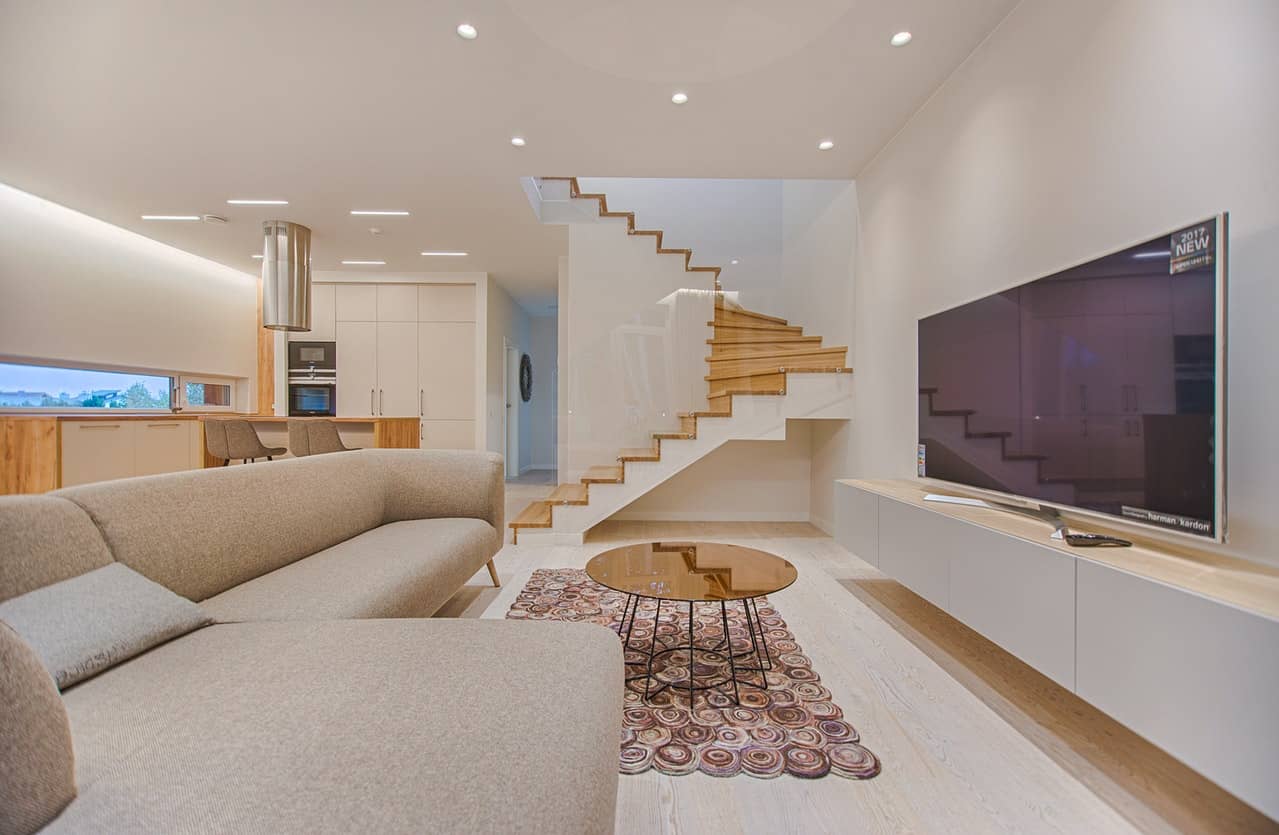Do you wish to become a professional in the interior design industry, or do you want to redesign your home? If you try and dive in without any idea, the whole experience can be overwhelming due to the diversity of rugs, and color schemes, among others. Interior design focuses on space planning, architecture, and aesthetic and cohesive- pleasing designs for home and business interiors. Well, some essential tips will help you get started.
Principles of interior design
- Styling
Choosing the perfect interior design style at the start ensures you keep the space focused and cohesive. Diversified decorating styles are available for anyone to choose one that perfectly fits their preferences, like industrial, Scandinavian, and shabby chic. All styles have unique designed elements, window treatments, and color palettes, floor plans, and color schemes. You also need to be updated with the current and trending styles to ensure you have different decorating ideas at all times and keep up with the modern trends. - Center of convergence
Every room needs to have a convergence point; it should be beautiful, like a lovely couch, piece of art, or a well-designed fireplace, drawing the viewer’s attention. Do not overdo the focal points, as it will make the entire room feel unfocused or overpowering. - Equilibrium
The visual weight of the chosen accents and furniture in every room needs to be well distributed to attain a balance. You should never forget several considerations, including items scale (small and large), positioning (left, right, low, high), and texture. If your attention to detail is perfect, then you will design rooms with a great feeling of balance and completeness. - Have a budget
When starting with interior design, ensure you prioritize what you desire or prefer and take your time before deciding. You can splurge on furniture like beds and couches as they draw attention, so they need to look the part. After settling on these items, you can DIY accent items and home décor. - Lighting
You can mess up a perfectly designed room by choosing the wrong lighting pieces, so always factor in smart color light bulbs in your budget. Always consult a specialist if everything starts being confusing as they have an eye for the perfect lighting for windows, furniture, walls, dark and small spaces, and floor lamps. - Explore different accent pieces
Remember the balancing factor? Do not only focus on the big pieces placed in a room, like tables and couches; the small things are also important. Having different accent pieces in a room makes it visually attractive and personalized. You can keep your eyes on several things, like books, bowls, and other small items placed strategically in the room. - Have some breathing room for the furniture
It is a natural inclination to have new furniture pushed against the wall; however, this makes the room have a flat and stiff feeling. Instead, spread out the furniture at least some inches from the wall to bring an airier feel to the room.
Also Read –Popular Trends in Minimalist Interior Design Concepts
In conclusion, interior design tips help to create different emotions when you get into a room. Before settling on a design, check out different photos if you cannot afford a professional to get trim details to make your space livable, balanced, and gorgeous.















